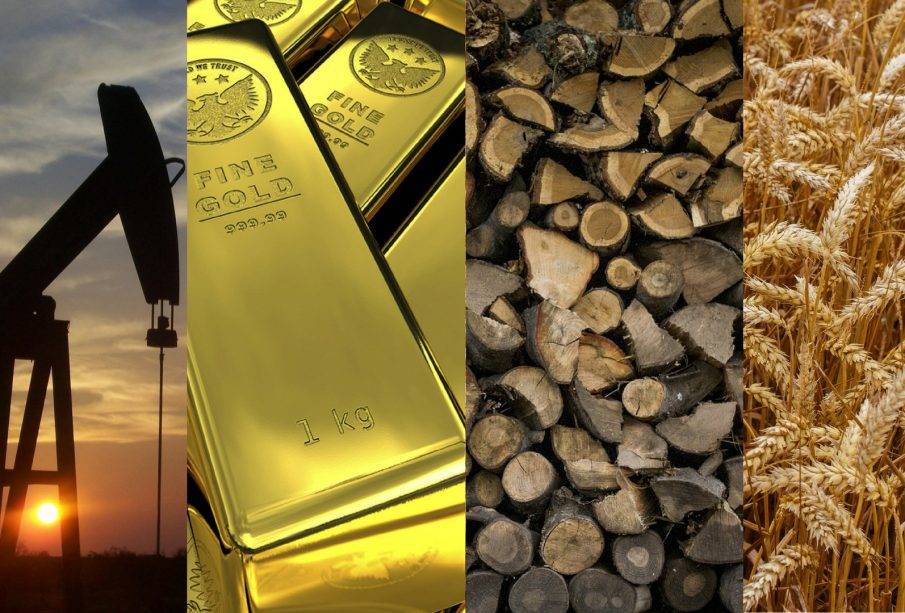Gold, Oil, and Grains: Understanding the Big Three Commodity Markets

With global markets constantly shifting, it’s essential to familiarize ourselves with the foundational commodities driving economies worldwide. In this deep dive, we’ll explore three giants: gold, oil, and grains. Ready to explore? Let’s get started.
Gold: A Glimmering Affair
Gold isn’t just the stuff of pirate tales and jewelry boxes. This gleaming metal has long stood as a robust financial safeguard and a key player in the global market. But what makes gold so special?
- Store of value: Historically, gold has maintained its purchasing power over time, even when fiat currencies falter. In uncertain economic climates, investors often flock to gold, earning it the title of a ‘safe-haven’ asset.
- Global appeal: From the bustling markets of Mumbai to the financial districts of New York, gold has a universal allure. Its consistent demand ensures that its market remains active and vibrant.
The Liquid Giant: Oil
Let’s talk about one of the most sought-after liquids on the planet: oil. It’s more than just a thick, dark substance; it’s the lifeblood of modern civilization. It’s no surprise that a lot of questions about commodity markets relate to oil.
- Powerhouse of energy: The engines of our world, from massive industrial machines to the vehicles we drive daily, rely heavily on oil. Its central role in energy production makes it a cornerstone of our daily lives.
- A dance of prices: The cost of oil often seems to have a life of its own. Political upheavals, environmental events, or even a hint of innovation can send prices climbing or cascading.
Understanding oil is pivotal when it comes to grasping the pulse of the global economy and the intricacies of international relations.
Grains: From Farm to Market
Grains might seem like a simple staple, but their market dynamics are anything but ordinary.
- Diverse players: The grain market encompasses a wide range of commodities, including wheat, corn, rice, and oats. Each has its unique set of demand and supply factors.
- Feeding the world: Grains form the backbone of global food supply. As populations grow and diets evolve, the grain market will continue to play a pivotal role in ensuring food security.
- Climate’s role: Weather patterns profoundly influence grain production. An unexpected drought or a bountiful monsoon can significantly impact supply, leading to price fluctuations.
How They Shape Global Economies
Even though gold, oil, and grains are distinct commodities, their markets are intricately linked, often influencing each other in surprising ways.
- Economic indicators: A spike in oil prices can lead to increased production costs, which, in turn, can impact grain prices. On the other hand, a bumper grain harvest might boost an economy, indirectly influencing gold and oil investments.
- Global politics: The countries rich in these commodities often wield significant geopolitical power. Their policies and trade relations can create waves across all three markets, showcasing the intertwined nature of global commerce.
It’s easy to dismiss commodities as mere ‘things’. However, when we peel back the layers, we find complex narratives, global interconnections, and economic engines that drive our modern world.










